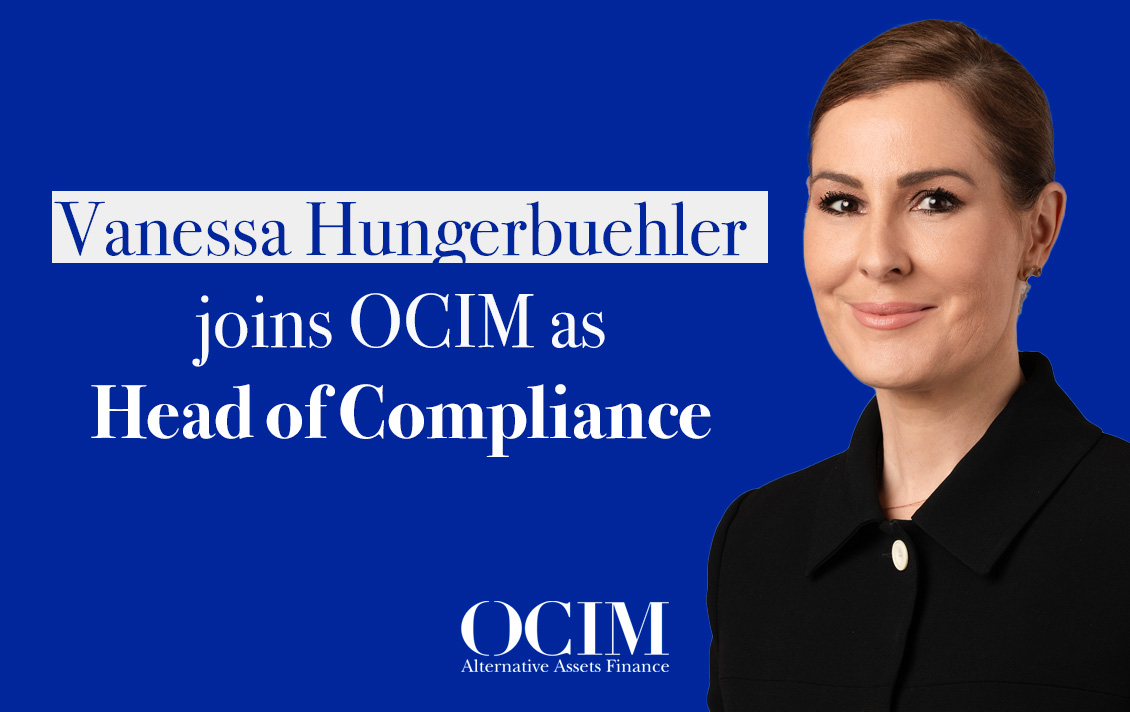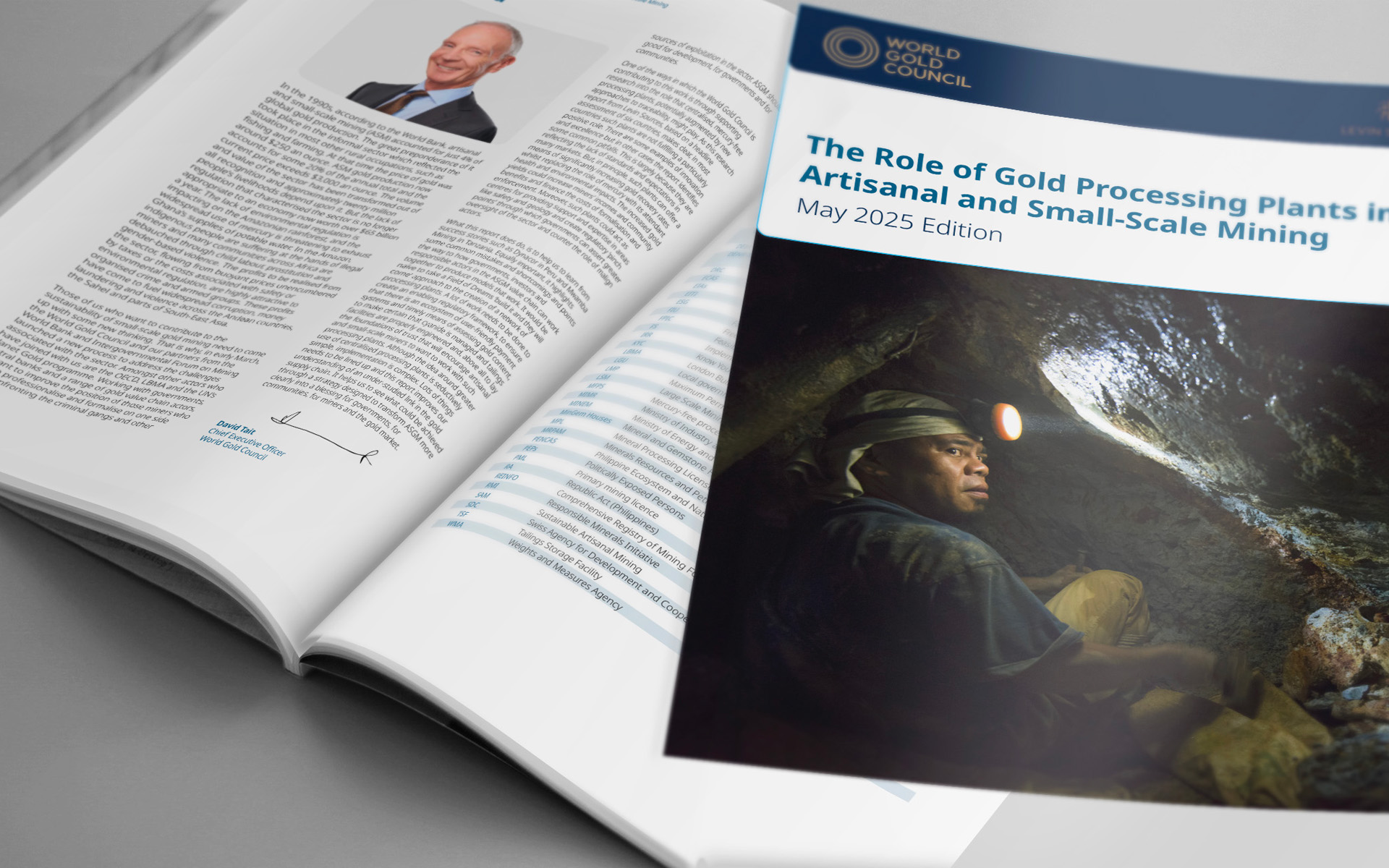No Signs of Abating Yellow Fever
LBMA Precious Metal Conference, Miami 2024
As every year, regulators, producers and investors gathered at the LBMA conference to discuss the challenges facing the precious metals sector, its market dynamics and the growing contribution of ASM to its development. Here are our key takeaways from this extraordinary event. Xavier Miserez, Corporate Development Director at OCIM, and Etienne Bossu, Chief Trading Officer at electrum, were present. Here are the main conclusions they drew from this extraordinary event.
The 16th century Spanish conquistadors certainly had Yellow Fever as they looked for the Golden Fountain of Youth off the Treasury Coast. Sadly, they found no gold when they ventured in mainland Florida but lost a lot of it as their hurricane hit ships sank in the gulf of Mexico.
This year, leading actors of the precious metal sector similarly gathered in Miami for the 2024 LBMA Conference. Inhabited by the same passion for gold as their ancestors, no signs of abating fever for the yellow metal was visible amongst participants. Indeed, over the last 12 months gold moved from 1900 to 2700, a record 43% surge necessarily attracting even greater focus on the asset. This meant that the traditional 400oz gold bar presented every year at the gala dinner, passed the $1mn value mark in 2024 (compared to a 2023 value of $0.76mn). No wonder why it was so well guarded by the Brinks officers. Despite its very high valuation, gold continued to see good demand from the Jewellery sector. Typical Diwali driven demand appeared front loaded in Q3. The conference titled Asia Effect on Precious Metals delved into the economic, geopolitical and cultural factors driving demand and shaping the supply of precious metals across key Asian markets.

No convinced sellers yet, despite high valuations
As always, aside from the conferences, the event was a great forum to exchange thematic market views and the crowd was unanimously constructive on gold citing the convergence of loosened global monetary policy, geopolitical risk and electoral agenda in key countries as drivers of further appreciation. While it was consensual for participants to think that a temporary correction in price would be healthy due to heavy long positioning, we did not meet any convinced sellers, rather some cautious buyers given already elevated levels. Very few are looking to establish new longs here but we could sense that the next bout of demand may come from the physical market with ETFs still lagging somewhat the length already evidenced in COMEX futures.
Central Bank demand was on everyone lips with suspected dominance of Asian Sovereigns demand on dips. Why Gold Matters for Central Banks? Mainly because gold makes a strong contribution in reserve management due to low correlation with other assets. Back in 1986, Gold represented 50% of Central bank FX reserves then estimated at $550bn. Today, its relative share dropped to a mere 15% of the $13trn global reserves ($1.95tn). Given the level of macro uncertainty, three esteemed central bankers speakers concorded that they expect the portion of gold to increase in their portfolios. Most of the sovereign purchases are taking place offshore, for instance vaulting in London for ease of management (the City being a key trading Centre for precious metals). But in recent years there was a growing appetite to repatriate holdings for political and local perception reasons. Central Banks continue to have a traditional approach to the gold market concentrating their transactions in the spot market and leaving derivatives aside. At Electrum, we strongly believe that derivatives can be a great source of alpha when trading precious metals especially given liquidity of COMEX options have materially improved in the last 10 years with average volumes nearly doubled. Particularly in turbulent times where volatility can be monetized and this was exactly the topic of another fascinating conference. We coincidentally published our own assessment of gold volatility in our recent article on 15th Oct. Read the article here.
Positive momentum for silver too
While gold took centre stage during the two days, other precious metals were not absent from our conversations. The white metal also had its moment of glory. Most participants are eagerly expecting Silver to make a move towards $35/oz given year-to-date performance in gold and fundamentals look strong thanks to relevant industrial applications that are perhaps more diversified than for PGMs. Despite some restocking taking place in Asia, it is interesting that above 30/oz end users are starting to look at alternative metals and this may somewhat put a lid on the devil’s metal performance as demand may be dented. It’s interesting that more and more market participants are drawing parallels between silver and copper as a consequence.
After months of depressed price action Palladium is finally bouncing on what seems mainly a short covering story fuelled by the closure of Sibanye mine. We noted decent interest to be long again as the market moves from a small deficit situation to a supply/demand equilibrium. It’s a tough call on where XPD will be but our personal take is that the outlook for the auto-sector is too gloomy to fuel a sustainable move higher. As far as platinum is concerned, we continue to expect the fundamentals to support the metal given the auto sector should produce more PHEVs and EREVs than pure BEVs. However, we need to see renewed demand for mobility solutions to really propel XPT above $1100. Whether there is a greenium assigned to platinum was also a well debated question and our personal take that it is yet to be fully reflected in current price levels, especially as PGMs will be critical for China to achieve net zero by 2060.
The LBMA is not only connecting regulators, producers and investors. It also plays a leading role in the production Ecosystem. As an example, this year, the association showcased their Gold Bar Integrity (GBI) database which aims to digitally trace gold and silver as it moves through the global supply chain, confirming provenance and providing transparency over the chain of custody. When fully implemented, this will be a game changer for the responsible sourcing of gold.

OCIM alongside the LBMA to support the integration of ASM
The two-day event concluded with a Sustainability and Responsible Sourcing Forum, aligning with the LBMA’s strategic plan to support and integrate artisanal and small-scale mining (ASM) supply chains into Good Delivery List (GDL) refiners. OCIM is proud to be part of the LBMA ASM task force, which has developed the ASM Toolkit, designed to support GDL refiners in conducting thorough due diligence and mitigating associated risks. Despite ASM contributing 20% of global gold production, less than 2% is currently refined directly by GDL refiners. One of OCIM’s key objectives is to help increase this percentage in the future. To enable these supply chains to access international markets, we believe two critical factors must be addressed:
- Progressivity – recognizing that ASM supply chains will require support to improve their mining practices.
- Prefinancing – ensuring they have the financial resources to compete with the informal sector.
With continuous improvement, our ultimate goal is to help these producers achieve accreditation through Swiss Better Gold, an association of which OCIM is a member alongside prestigious brands. This accreditation will allow ASM producers to earn a premium above the gold price, rewarding and recognizing their responsible mining practices.







